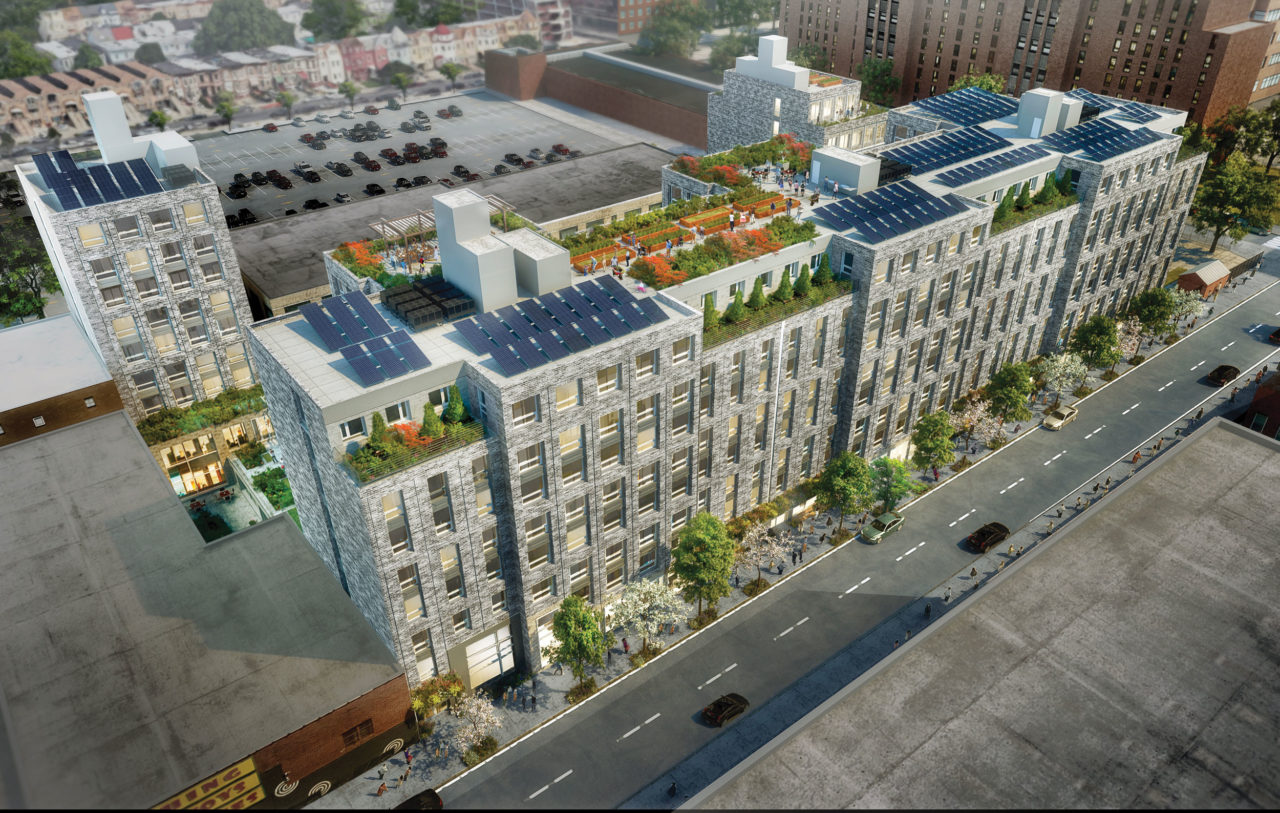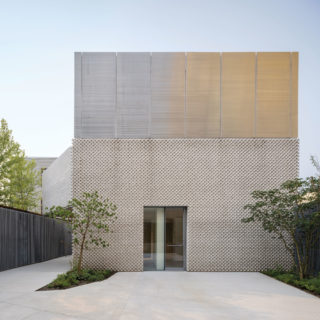
Housing, a fundamental human need, is a perennial challenge in a growing city, where multiple interests compete for every square foot. This issue of Oculus is based on the premise that housing and health are intertwined at every scale, from creating livable, green neighborhoods to sourcing sustainable products for personal living spaces. Efforts to make housing available to New Yorkers at all income levels yielded mixed results, as described by Alexander Gorlin and Victoria Newhouse in their primer on the complex history, financing, and design guidelines of so-called affordable housing. Acknowledging the mistakes, inequities, and occasional success stories of housing in NYC, we look to the present and near future for viable solutions, whether in the conversion of commercial properties to those that support much-needed residential development in the city, or in the inclusion of products and strategies that can reduce our buildings’ impact on the environment while improving occupant health and safety.
One of the most exciting residential initiatives to take place in the five boroughs, the state-led Vital Brooklyn plan, has earmarked $1.4 billion in funds to develop housing, healthcare, and community amenities in Central Brooklyn. The proposals by the design teams involved show an ambitious integration of new housing with the surrounding neighborhoods. “Our Brownsville site, The Rise, is located in a densely populated part of the city, but we worked to create a massing that felt more contextual and more connected to the pedestrian experience and the scale of the resident,” says Brian Loughlin of Magnusson Architecture and Planning, one of the firms chosen to design supportive housing for Vital Brooklyn. “The success of this approach suggested to us that over the next couple of years we might see a search for a new density or a new way to see density based around a typology of access and circulation, as opposed to height and unit count,” says Loughlin, who co-chairs the Housing Committee of the American Institute of Architecture’s New York Chapter, and helped lead a discussion among some of the Vital Brooklyn teams for this issue.














